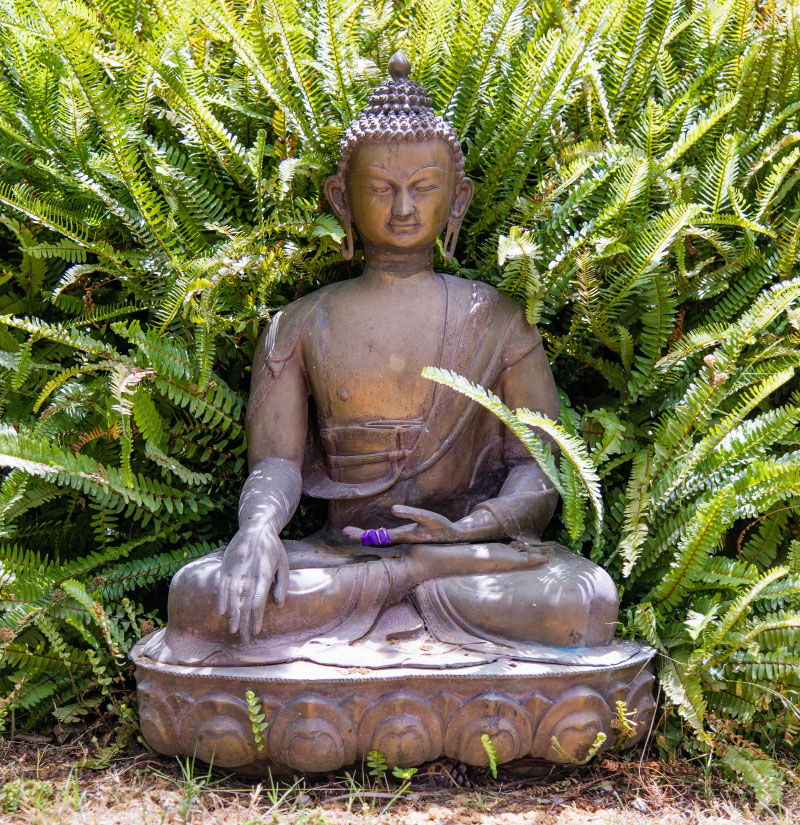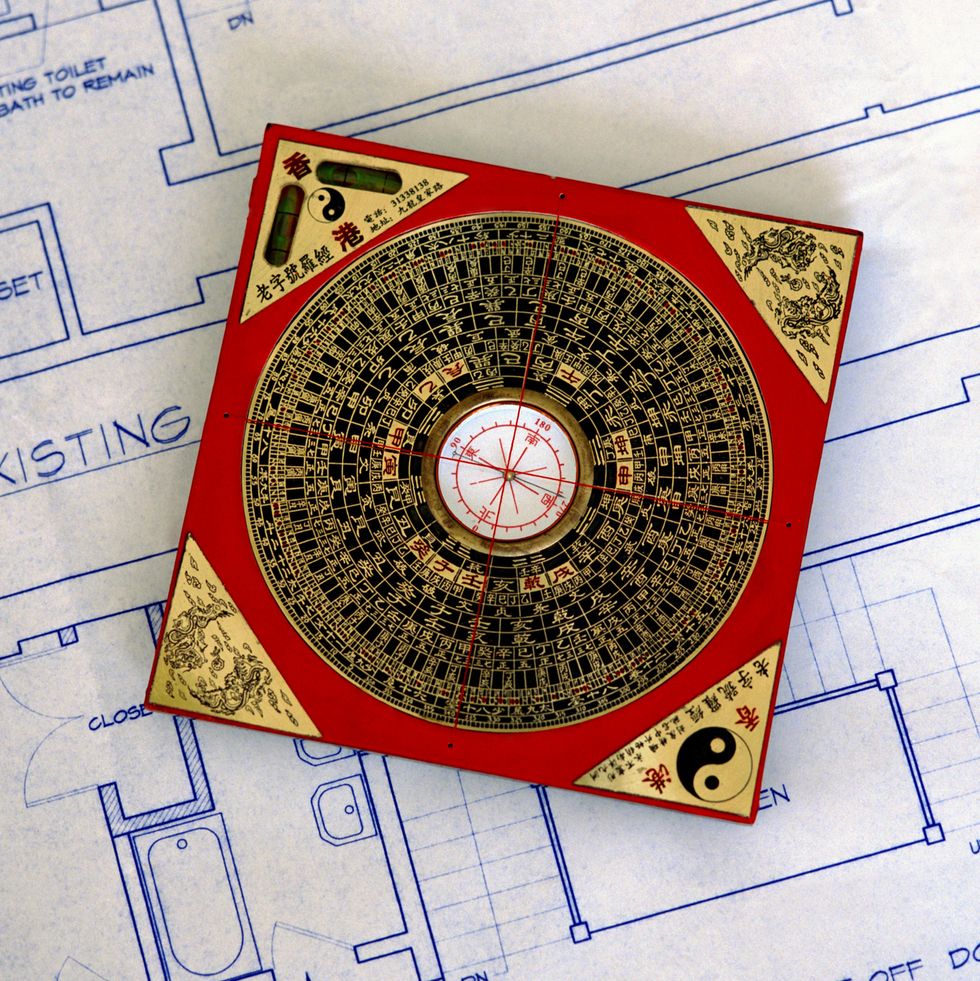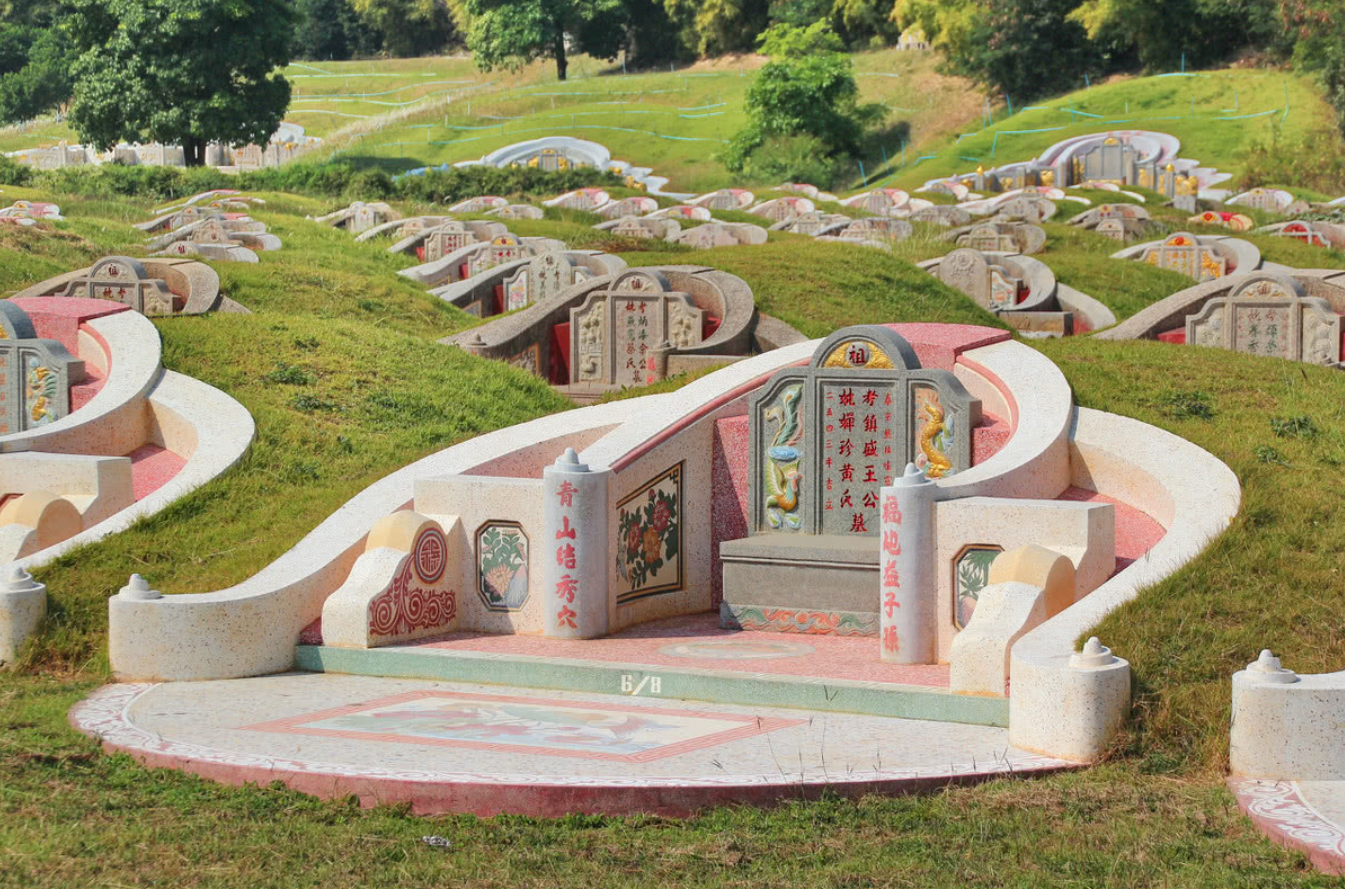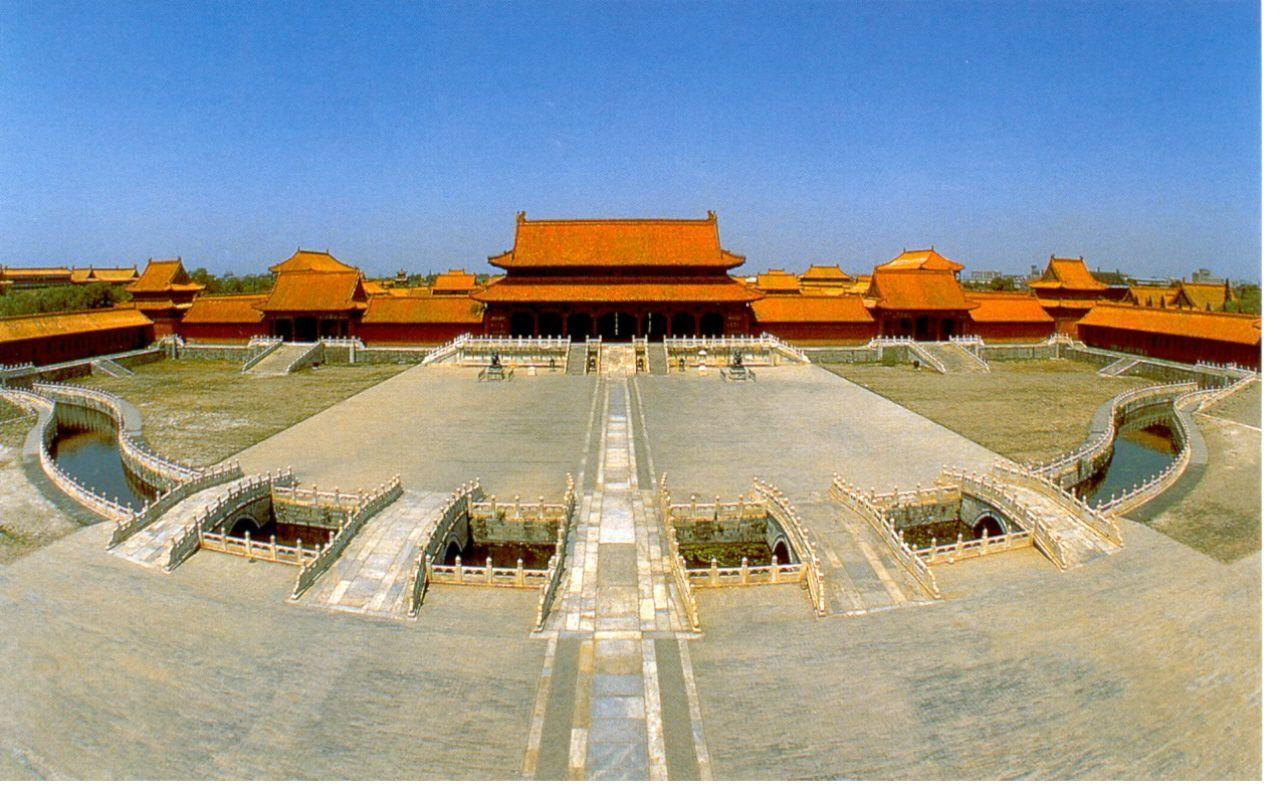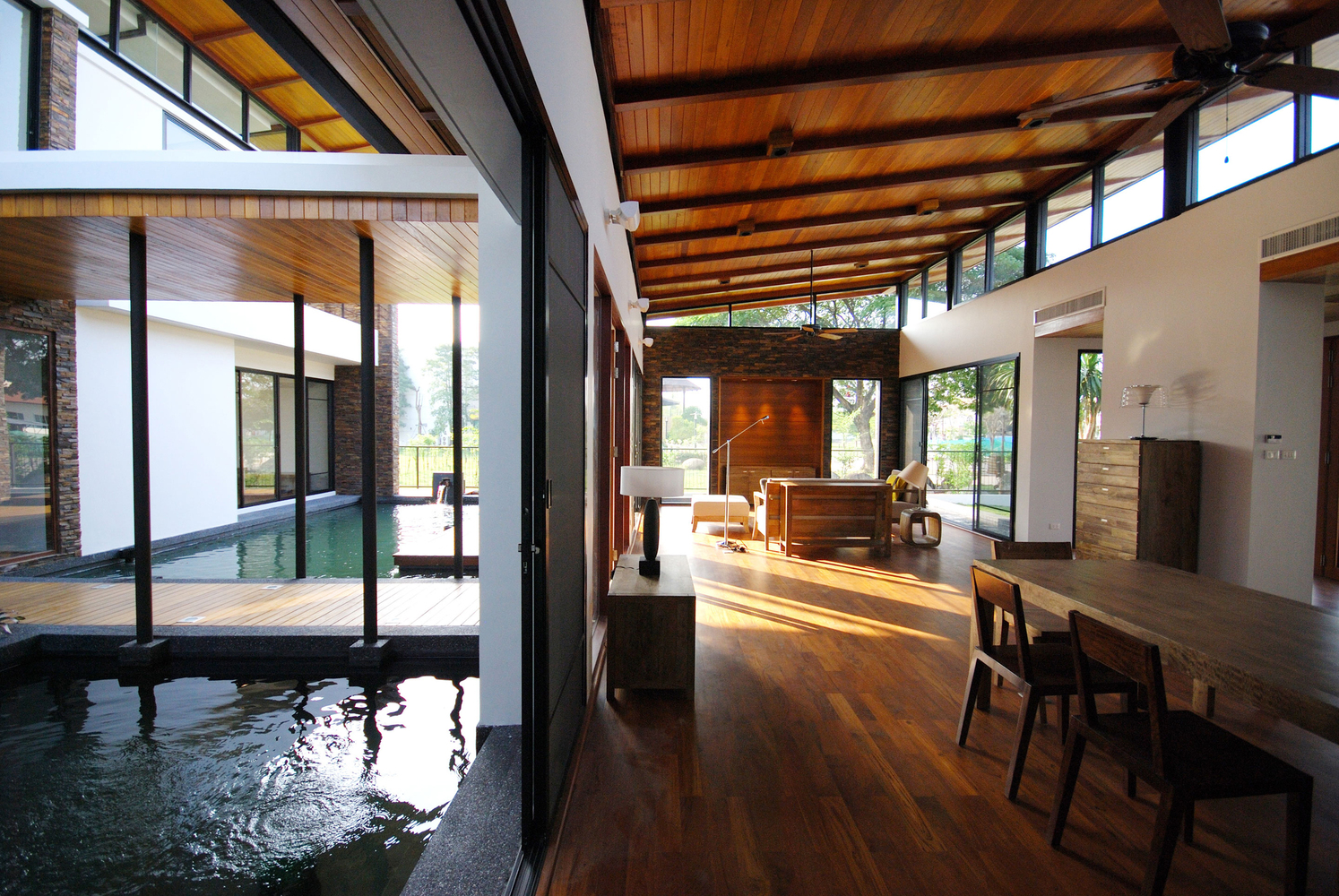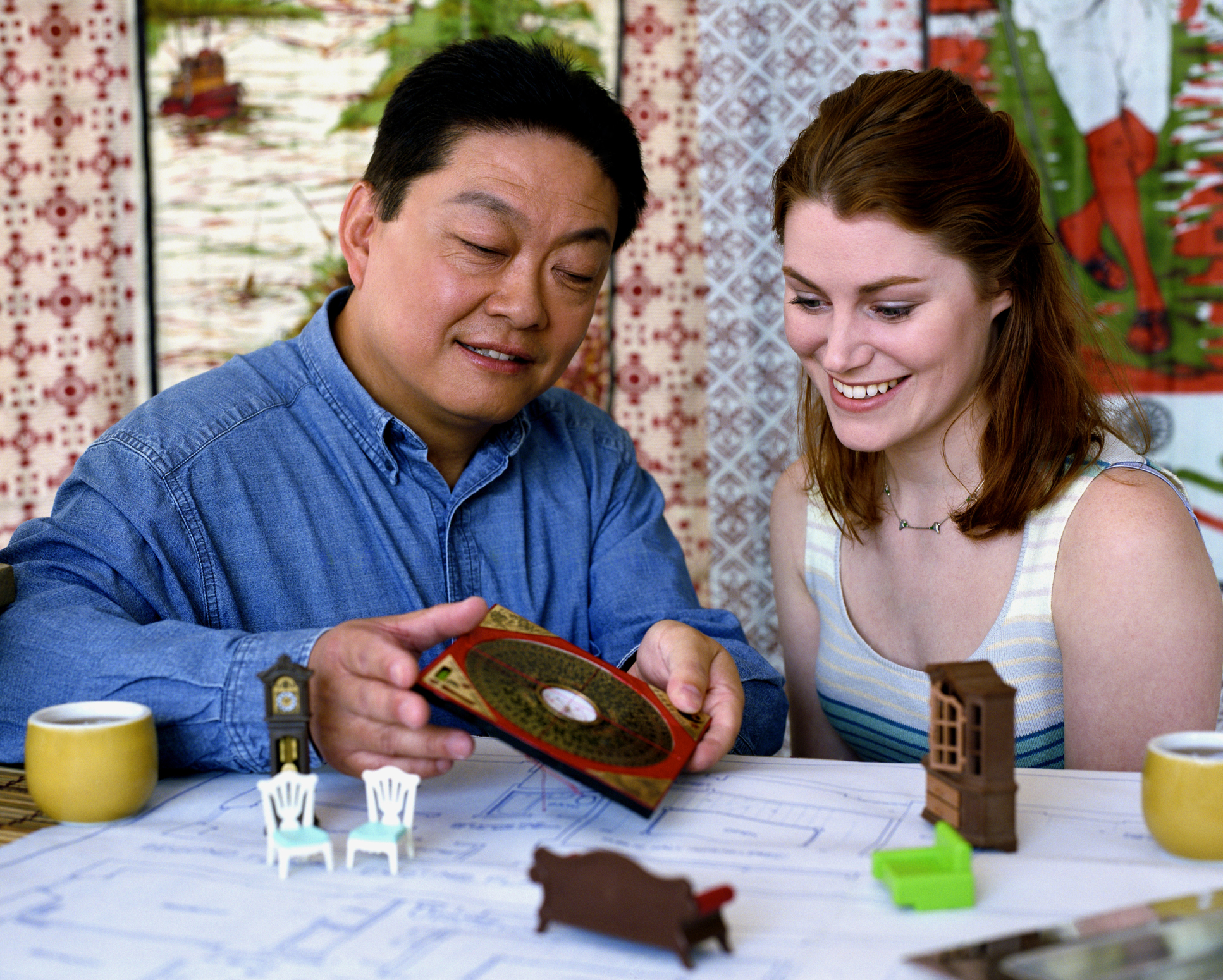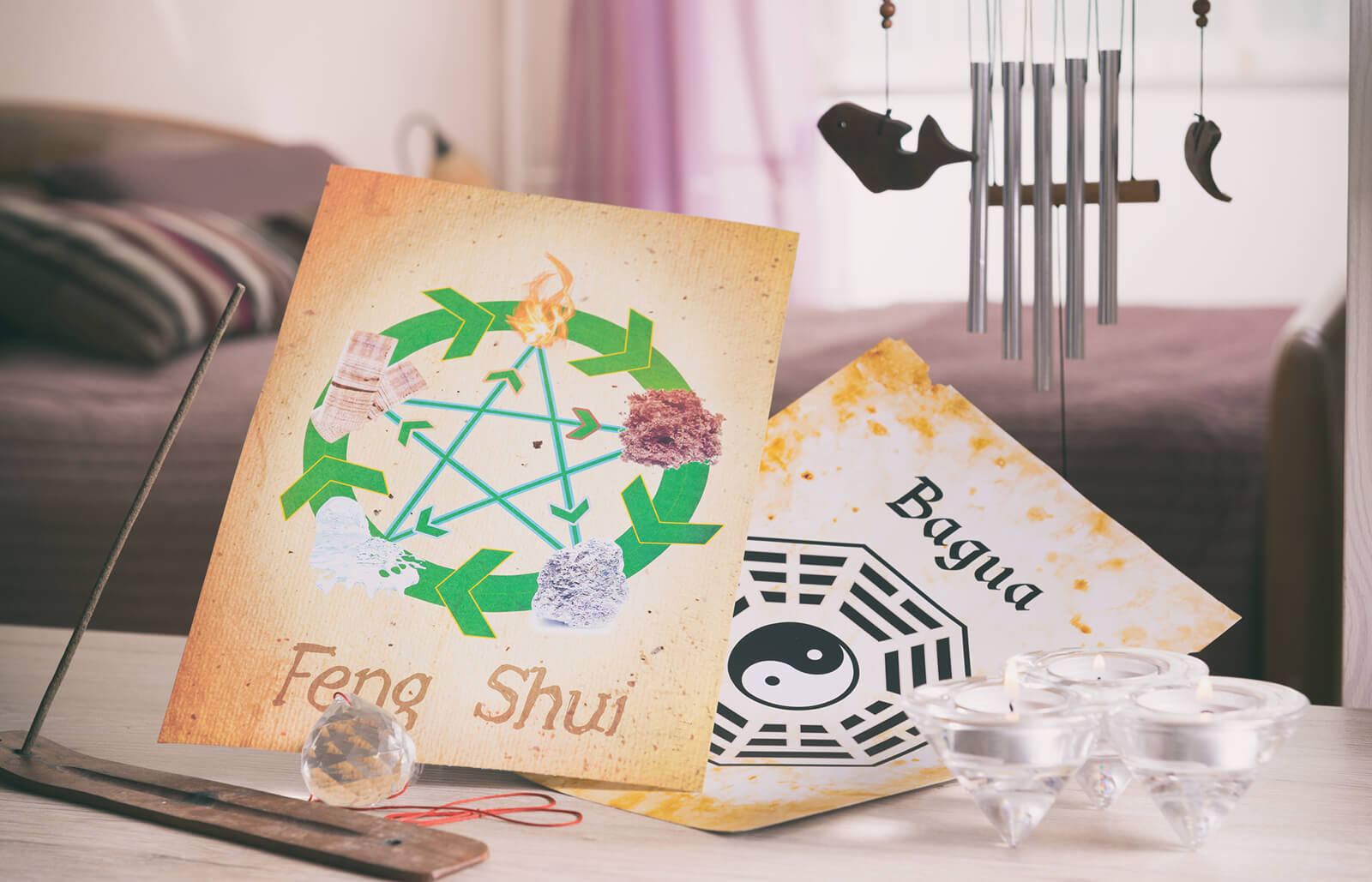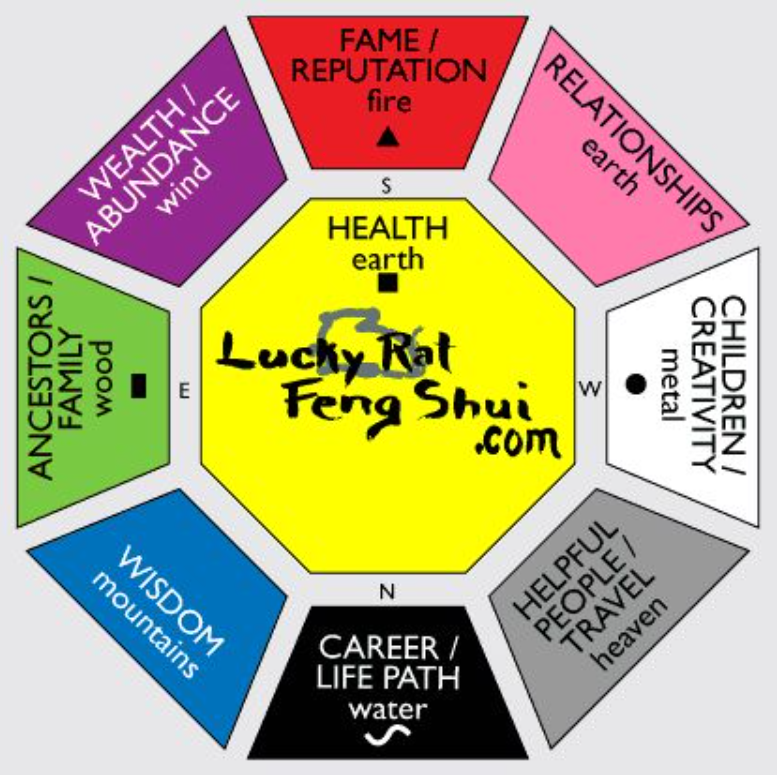
How often have you heard someone use the word “feng shui” when referring to decorating? Probably quite a few. You’ve probably heard it ascribed to “creative living,” minimalism, or sustainability. But do you know the origins of feng shui? Did you know the Chinese discovered the navigational compass while incorporating feng shui into their architecture?
Feng shui originated in Chinese culture as far back as 6,000 years ago. Yet, we can still see its presence all over the world today. If you’ve always wondered what feng shui means and how buildings use this ancient concept, look no further. Continue reading to learn more about the origins of feng shui.
1 What Is Feng Shui?
“Feng shui” comes from a combination of Chinese words for wind (Feng) and water (Shui). It can roughly be translated to “the way of the wind and water,” It is an ancient Chinese philosophical concept that focuses on the “conscious occupation” and the harmonization of space. It aims to bring positive energy to the area.
Yang energy, traditionally associated as masculine, uses light. While Yin, the traditional feminine energy, uses dark and passive power, the Yin and Yang represent the duality of opposite forces that comprise everything in the universe. Feng shui provides a blueprint that can help balance and harmonize a space’s energy.
2 The History of Feng Shui
The debate over where Feng shui comes from has a few different theories. Whatever unclarity exists, what’s certain is that the history spans at least 3,000 years. However, history may go as far back as 6,000 years. Despite its lengthy history, feng shui is a complicated discipline tied to China’s perception of astrology and metaphysics. Some scholars argue that feng shui symbols can be found in Taoism and Buddhism, suggesting that its history has religious ties.
3 Feng Shui and the Chinese Compass
The ancient Chinese believed invisible forces, which turned out to be magnetic forces on earth. This realization led to one of the most important inventions in the history of civilization: the nautical compass.
Ancient China’s compass use was initially used for divination, but the Song dynasty later adopted it in the 11th century. Feng shui practitioners still use the traditional “Luopan” to determine the best location for decorative objects.
4 Feng Shui in Tomb Design
Many of the earliest references to feng shui go back to the Zhou dynasty in the early 1st century BC. They used it primarily to determine burial locations, and many Chinese still use this practice today. The cultural belief is that selecting the correct place for one’s grave will bring blessings to their posterity. Choosing a poor location can wreak misfortune.
They chose locations based on their “Qi” flow, and one of the ideas behind “Qi” was to select a place that “leaned against mountains and waters.” Thus, many Chinese tombs are on or near mountains overlooking bodies of water.
5 Feng Shui In Construction
Feng shui is still often used in construction to determine the ideal location of buildings and gardens. Those who build the structure first consider the location of the land and the surrounding area. Feng shui also emphasizes symmetry in architecture.
You can see this emphasis on symmetry in The Forbidden City. The Forbidden City was built on the central axis running north-south, with the main entrance facing south, a promising direction according to the feng shui masters at the time. Buildings within the city were symmetrically arranged on either side of the axis to create a harmonious flow.
Feng shui principles have also been used to design outdoor spaces in China. The classical Chinese gardens in Suzhou are prime examples of feng shui in landscaping.
6 Practicing Feng Shui Today
Feng shui is still vastly popular today and has many applications inside China and outside their borders. They still determine the ideal locations for tombs and buildings, often fitting into modern interior design.
7 Feng Shui in China
Feng shui principles are prevalent among older Chinese people, and they play an essential role in Chinese culture. When designing or buying a home, feng shui is a valuable tool to examine the direction and position of the building to optimize them. For example, you might even hire a feng shui master to advise the layout and design of your home or office space to ensure luck and harmony.
8 Popularity Outside of China
Feng shui isn’t only popular in China. Minimalism has seen a steady increase in popularity over the years. However, in the western sense of the word, Qi has taken on a minimalist, clean aesthetic that heavily incorporates Feng Shui’s symmetry principles.
With a continuous push for ideals such as sustainability and functionality, feng shui has carved itself a distinct niche in western architecture. People are more aware of their environment and take responsibility and action to turn their environment into a hospitable, habitable place.
9 Feng Shui and Interior Design
Feng shui is most commonly used in China for architectural purposes. However, recently, interior designers have found applications for feng shui. Modern feng shui uses several methods borrowed from traditional Chinese feng shui to achieve its current aims. You can see these aims by looking at a Bagua Map.
10 Bagua Map
The Bagua map is an octagonal-shaped energy map consisting of eight areas around a center. It serves as an energy grid for designing floor plans for any space. Designers place the Bagua map all over their floor plan, with the bottom of the Bagua map aligned along the axis of the front door main entrance. Using this principle, viewers can look at each part of the house as covered by its distinct Bagua area.
These Bagua areas give rooms the distinctive characteristics visitors notice when they enter rooms. The Bagua activates these “energies” using specific colors, elements, and shapes. Each Bagua has a trigram associated with it, and these trigrams are Chinese symbols originating from the Yi Ching (The Book of Changes).
Key Takeaways
Feng shui is often misinterpreted as primarily referring to interior design principles. However, these associations are primarily modern and do not account for the long history of feng shui. Feng shui went back 6,000 years and was used mainly in ancient China to build tombs and buildings.
Modern China still uses the same principles, and you can see examples in their architecture from every era. The West has adopted feng shui principles and implemented them into architecture and design.


